By Walter Sabo
Consultant, Sabo Media
A.K.A. Walter Sterling
Radio Host, Sterling On Sunday
Talk Media Network
In the strum and dirge of daily radio life, it is easy to forget the mad skills required to do what we do. Consider the TV sitcom. 22 minutes of content, 22 times a year. The cast ad libs – nothing! Between eight and 11 writers scribe every word. Hair, makeup… handled by others! A donut run? No, there’s the crafts services table that will make you, the star, whatever you want any time you want it. Hot? A production assistant sprays mint scented water on you.
How’s your day? You or your on-air talent create a three- or four- or perhaps even five-hour show out of thin – or should I say rarefied – air! Writers? You mean that kid who has to go to class at 11? Production? Sure, as soon as the spots for the weekend are cut. Food? Ya got quarters?
You are a miracle of creativity, ambition and sheer talent. Reward? The company wants to cut your live read fees and could you help out in sales? As a point of reference, when Dr. Ruth Westheimer killed in the ratings at WYNY, we gave her a Seville.
GOOD NEWS. You can fix this. Talk radio is the last frontier of free form radio. Fact is you can do whatever you want.
Most talk shows and stations peaked about six years ago. The audience is not growing, it’s not attracted to talk radio’s offerings of endless political theory. So, stop.
What works? Take a look at the ratings of KMBZ-FM Kansas City; KFGO, Fargo; KFBK, Sacramento; WABC, New York’s Frank Morano; WTAM, Cleveland’s Bill Wills; WLW, Cincinnati; KFI, Los Angeles; KDKA, Pittsburgh’s midday. (I will now be flooded with other examples but listen to those stations.) Hosting a network radio show, “Sterling On Sunday,” I have learned what those audio outlets exemplify works!
Talk about your day. Talk about what two best friends would discuss over a quick lunch. The topics that generate ratings are not always the “hot talk radio topics.” The list that works reads like this, try it:
— Trouble with the in-laws.
— Is “Storage Wars” fake?
— Tip at the drive-thru?
— Cell phone for a 10-year-old?
— Married? Is texting cheating?
— How can I do less and earn more?
— Yes, it was a controlled demolition.
— Taylor Swift bi? Harry Styles bi?
— Are you kidding? Women ARE in charge!
— Turn on the AC, shut the damn window.
The power of the mirror. When the radio speaks the conversation of the listener, the ratings go up. Guaranteed.
Walter Sabo was the youngest executive vice president in the history of NBC. The youngest VP in the history of ABC. He was a consultant to RKO General longer than Bill Drake. Walter was the in-house consultant to Sirius for eight years. He has never written a resume. Contact him at walter@sabomedia.com. or mobile 646-678-1110. Hear Walter Sterling at www.waltersterlingshow.com.
Share this with your network



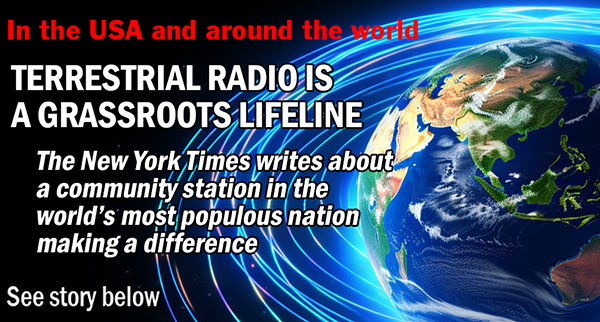
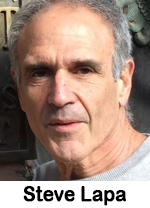 Attention news/talk radio sellers! Get ready to meet your new best friend… and it is not who you think it is.
Attention news/talk radio sellers! Get ready to meet your new best friend… and it is not who you think it is. SiriusXM. The company says, “As a radio news anchor, you will work under tight deadlines and deliver top-notch newscasts. You have a passion for breaking news and the flexibility to work on a day’s notice.” Requirements include at least five years’ experience as a news anchor and strong writing skills & audio editing experience.
SiriusXM. The company says, “As a radio news anchor, you will work under tight deadlines and deliver top-notch newscasts. You have a passion for breaking news and the flexibility to work on a day’s notice.” Requirements include at least five years’ experience as a news anchor and strong writing skills & audio editing experience. 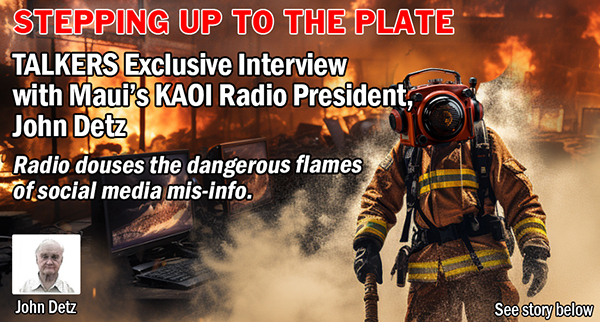
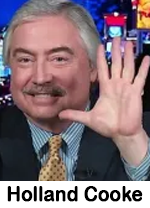 As this week’s first Republican presidential debate looms, my FOX News Radio-affiliated client stations are irked. Thanks to their network, they’re carrying it live, and locally sponsored, and promo-ing it aplenty. A couple of my clients will travel to Milwaukee to wrap pre- and post-game color around the play-by-play. So, yuh, they’re irked.
As this week’s first Republican presidential debate looms, my FOX News Radio-affiliated client stations are irked. Thanks to their network, they’re carrying it live, and locally sponsored, and promo-ing it aplenty. A couple of my clients will travel to Milwaukee to wrap pre- and post-game color around the play-by-play. So, yuh, they’re irked.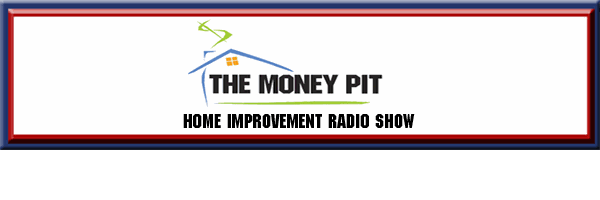
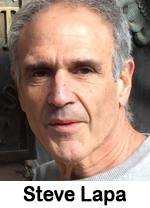 Radio station personnel could be facing the worst environment – ever!
Radio station personnel could be facing the worst environment – ever!
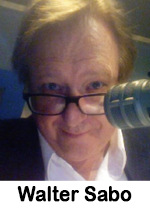 HALF of all radio stations in the United States lose money – at least they did back in 1991. The NAB used to put out an annual report revealing how many radio stations were profitable. Usually half the stations in America lost money. Since consolidation, the NAB stopped putting out that report. It is reasonable to believe that far, far fewer stations lose money today. Shared costs, real estate, technical economies due to digital equipment versus analog all indicate that there must be fewer money-losing properties.
HALF of all radio stations in the United States lose money – at least they did back in 1991. The NAB used to put out an annual report revealing how many radio stations were profitable. Usually half the stations in America lost money. Since consolidation, the NAB stopped putting out that report. It is reasonable to believe that far, far fewer stations lose money today. Shared costs, real estate, technical economies due to digital equipment versus analog all indicate that there must be fewer money-losing properties.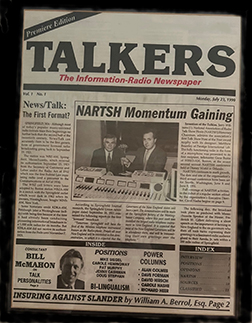 format phases including a full color magazine and eventually a daily online operation geared to providing news, advice and opinions to professionals involved in programming, managing, marketing and operating an array of related platforms in what has come to be known as talk media. This includes most popular forms of spoken-word AM and FM radio, plus online programming, podcasting, cable television and satellite broadcasting. During this period, TALKERS has produced and presented 26 national conventions in New York and another three in Los Angeles. Add to that more than 35 regional, national and international forums about the field and countless radio rows including several at the White House in conjunction with both the Bill Clinton and George W. Bush administrations. TALKERS remains and will continue to be a non-partisan proponent of the First Amendment with a great love and passion for talk media’s roots in the century old medium of radio.
format phases including a full color magazine and eventually a daily online operation geared to providing news, advice and opinions to professionals involved in programming, managing, marketing and operating an array of related platforms in what has come to be known as talk media. This includes most popular forms of spoken-word AM and FM radio, plus online programming, podcasting, cable television and satellite broadcasting. During this period, TALKERS has produced and presented 26 national conventions in New York and another three in Los Angeles. Add to that more than 35 regional, national and international forums about the field and countless radio rows including several at the White House in conjunction with both the Bill Clinton and George W. Bush administrations. TALKERS remains and will continue to be a non-partisan proponent of the First Amendment with a great love and passion for talk media’s roots in the century old medium of radio.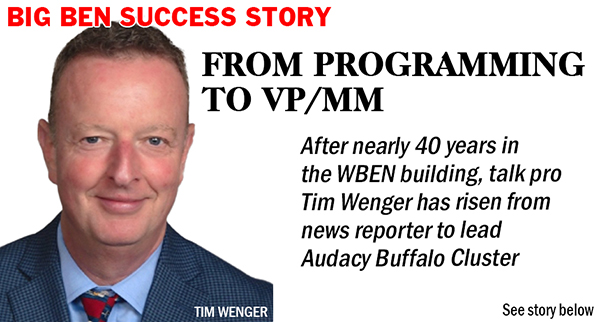
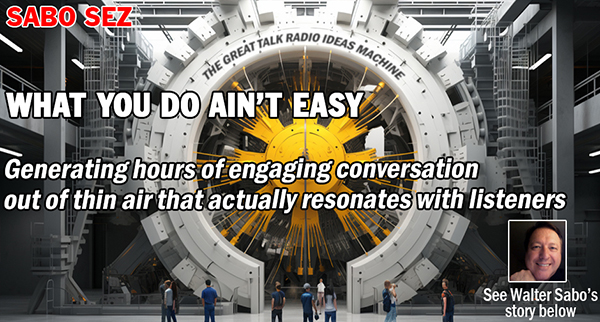
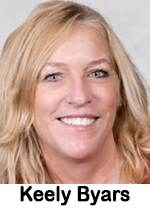 and operations. She is a native Nebraskan who is passionate about local media and the Omaha community. Byars understands our commitment to excellence, and we are thrilled to have her join our talented team in Omaha.” Byars has served in leadership positions with Lee Enterprises, Berkshire Hathaway Media, and the Omaha World-Herald. She comments, “Radio has such a positive impact on so many of our listener’s lives, the local businesses we serve, and the community partnerships we form. Joining the team at the radio stations that I grew up listening to is such an honor to me and I am excited to build upon the stations’ legacies.”
and operations. She is a native Nebraskan who is passionate about local media and the Omaha community. Byars understands our commitment to excellence, and we are thrilled to have her join our talented team in Omaha.” Byars has served in leadership positions with Lee Enterprises, Berkshire Hathaway Media, and the Omaha World-Herald. She comments, “Radio has such a positive impact on so many of our listener’s lives, the local businesses we serve, and the community partnerships we form. Joining the team at the radio stations that I grew up listening to is such an honor to me and I am excited to build upon the stations’ legacies.”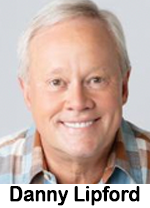 media franchise – has hosted and produced more than 1,000 TV shows, 800 radio shows, and traveled all 50 states during the course of his media career. Lipford says he’s shifting the business model of his media company, which will now focus on streaming and licensing the brand’s extensive library of home improvement content. Lipford will continue to host his weekly two-hour “Today’s Homeowner” Radio show, and “Tips for Today’s Homeowner” radio features through the end of 2023, with the final show and features airing the week of December 25.
media franchise – has hosted and produced more than 1,000 TV shows, 800 radio shows, and traveled all 50 states during the course of his media career. Lipford says he’s shifting the business model of his media company, which will now focus on streaming and licensing the brand’s extensive library of home improvement content. Lipford will continue to host his weekly two-hour “Today’s Homeowner” Radio show, and “Tips for Today’s Homeowner” radio features through the end of 2023, with the final show and features airing the week of December 25.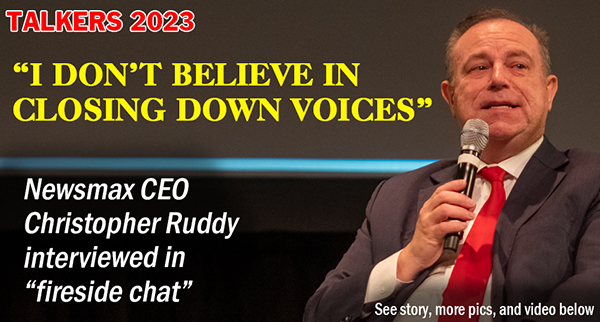

 delighted to have him as a guest in this setting and at this time.” In a fast-paced session sponsored by Collette guided travel tour specialists, Ruddy and Harrison engaged in a candid conversation about positioning, programming and navigating the infrastructure of modern media including print, digital and radio as well as cable news/talk television.
delighted to have him as a guest in this setting and at this time.” In a fast-paced session sponsored by Collette guided travel tour specialists, Ruddy and Harrison engaged in a candid conversation about positioning, programming and navigating the infrastructure of modern media including print, digital and radio as well as cable news/talk television. 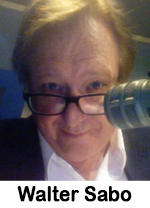 Last week I had the privilege of moderating a panel at the TALKERS conference. Confession: I listen to speech patterns and tones more than words.
Last week I had the privilege of moderating a panel at the TALKERS conference. Confession: I listen to speech patterns and tones more than words.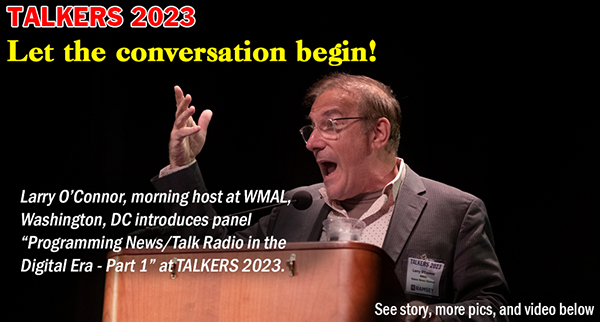
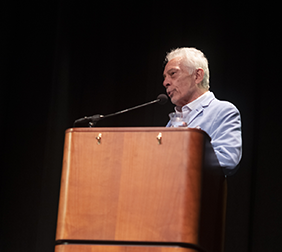 at Hofstra University will be posted, beginning today with the panel discussion “Programming News/Talk Radio in the Digital Era – Part 1.” The session, sponsored by Premiere Networks, is introduced by Larry O’ Connor, morning host at WMAL, Washington, DC and moderated by Mike McVay (pictured at right), CEO of McVay Media Consulting. Panelists (pictured below from left to right) include Joe Thomas, program director/host, WCHV, Charlottesville, VA; Eric Stanger, SVP operations, Sean Hannity Show/Premiere Networks; Brett Winterble, host, WBT, Charlotte; Kevin DeLany, VP news & talk programming, Westwood One; and Tom Cuddy, program director, WOR, New York. (Note: Matt Meany, program director, WABC, New York who was originally scheduled to appear on this panel switched to the “Programming News/Talk Radio in the Digital Era – Part 2” session which will be posted tomorrow.)
at Hofstra University will be posted, beginning today with the panel discussion “Programming News/Talk Radio in the Digital Era – Part 1.” The session, sponsored by Premiere Networks, is introduced by Larry O’ Connor, morning host at WMAL, Washington, DC and moderated by Mike McVay (pictured at right), CEO of McVay Media Consulting. Panelists (pictured below from left to right) include Joe Thomas, program director/host, WCHV, Charlottesville, VA; Eric Stanger, SVP operations, Sean Hannity Show/Premiere Networks; Brett Winterble, host, WBT, Charlotte; Kevin DeLany, VP news & talk programming, Westwood One; and Tom Cuddy, program director, WOR, New York. (Note: Matt Meany, program director, WABC, New York who was originally scheduled to appear on this panel switched to the “Programming News/Talk Radio in the Digital Era – Part 2” session which will be posted tomorrow.) 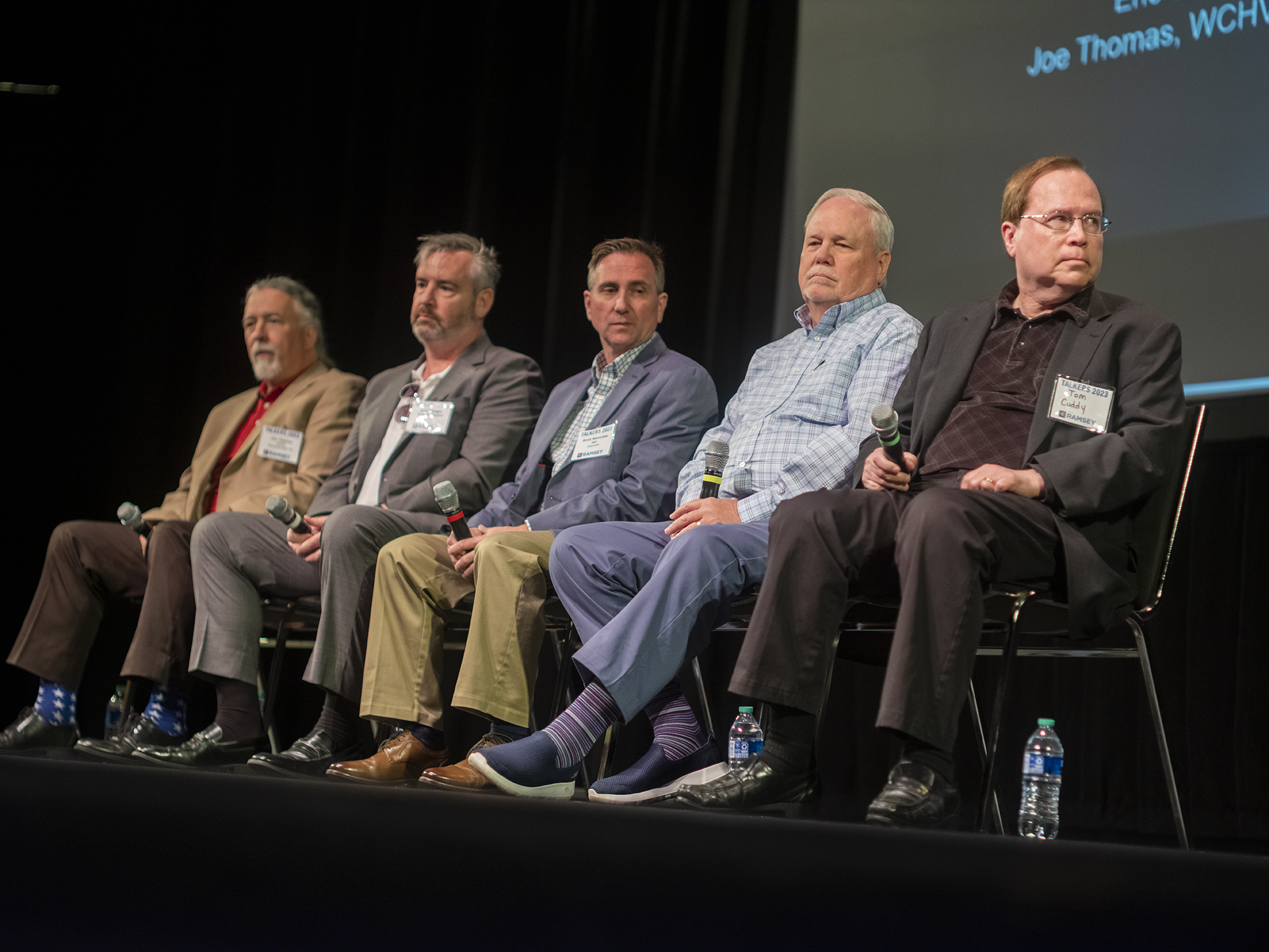
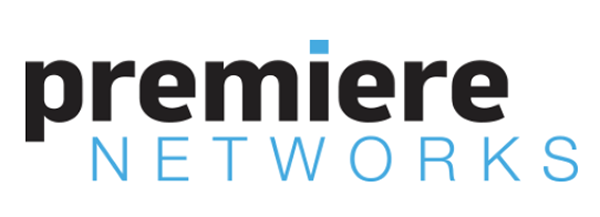
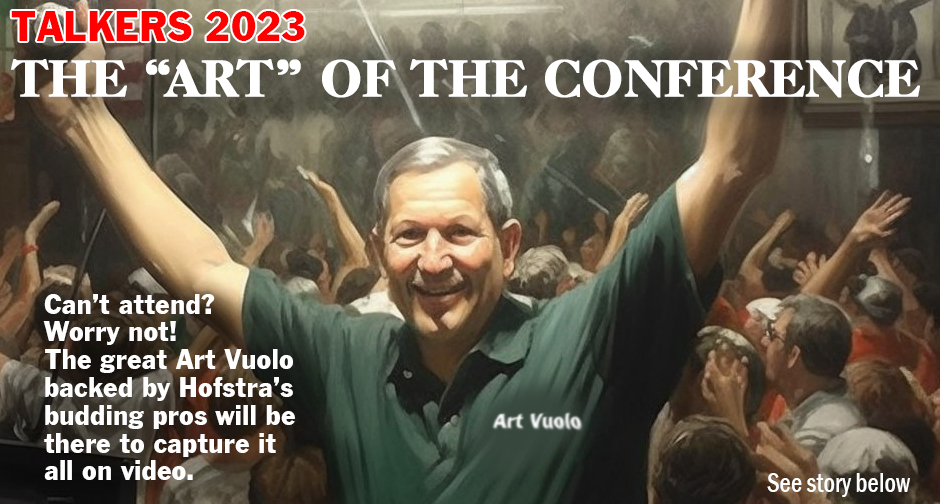
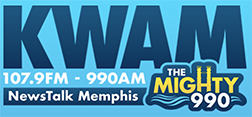 Starnes comments, “When I bought KWAM I promised our listeners that we were going to bring fair and balanced journalism back to the radio. I’m incredibly proud of our dedicated and hard-working team of broadcasters at KWAM.”
Starnes comments, “When I bought KWAM I promised our listeners that we were going to bring fair and balanced journalism back to the radio. I’m incredibly proud of our dedicated and hard-working team of broadcasters at KWAM.”